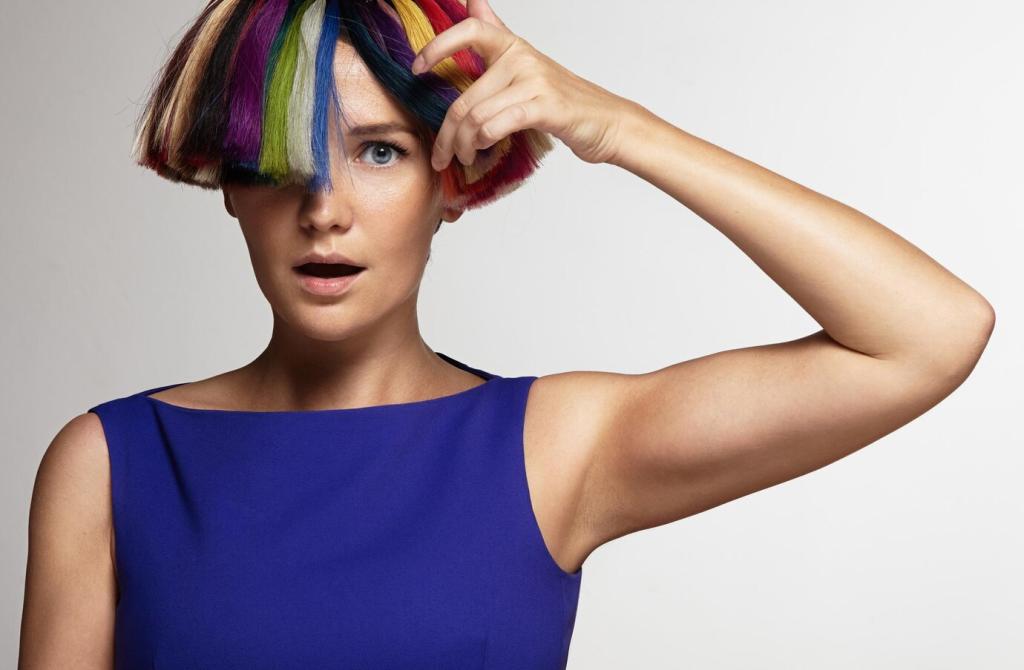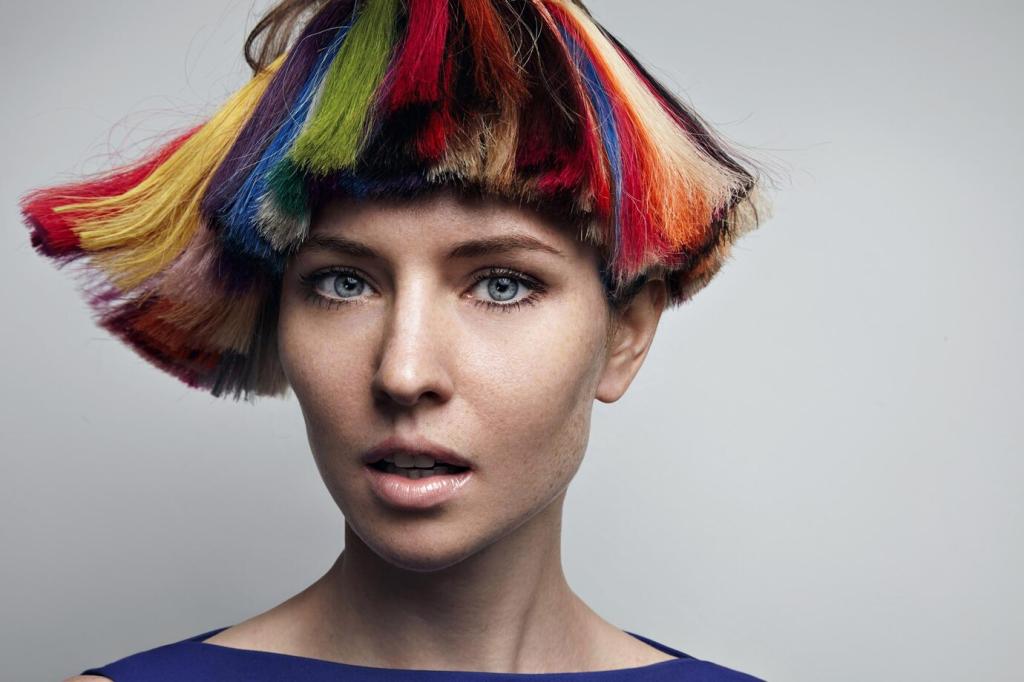Using Color Psychology to Enhance Room Functionality
Color is more than just a visual experience; it is a powerful psychological tool that can transform how a space feels and functions. Leveraging color psychology in interior design enables homeowners, designers, and businesses to create rooms that not only look appealing but also serve their intended purpose more effectively. Understanding the science behind color, its emotional impact, and strategic implementation can dramatically influence mood, productivity, and comfort in every room of your home or workplace.
Humans are naturally wired to have emotional reactions to color. Red can stimulate excitement or urgency, while blue often evokes calmness and stability. These responses occur both consciously and subconsciously, impacting how people interact with spaces. For example, incorporating soft greens into a living area can encourage relaxation and harmony, making it ideal for unwinding at the end of the day. Understanding these psychological connections allows you to select hues that enhance the intended emotional atmosphere of any room.

Previous
Next
Enhancing Relaxation in Living Areas
Promoting Calm with Neutral Tones
Neutral colors—such as beige, taupe, ivory, and warm grays—form a tranquil backdrop that fosters a sense of peace and timelessness. These tones minimize visual clutter, making spaces feel more open and continuous. When combined with soft textures and natural light, neutrals help diminish daily stress and create a restorative environment. Their versatility makes them a popular choice for living rooms and bedrooms, offering restful support without overwhelming the senses.

